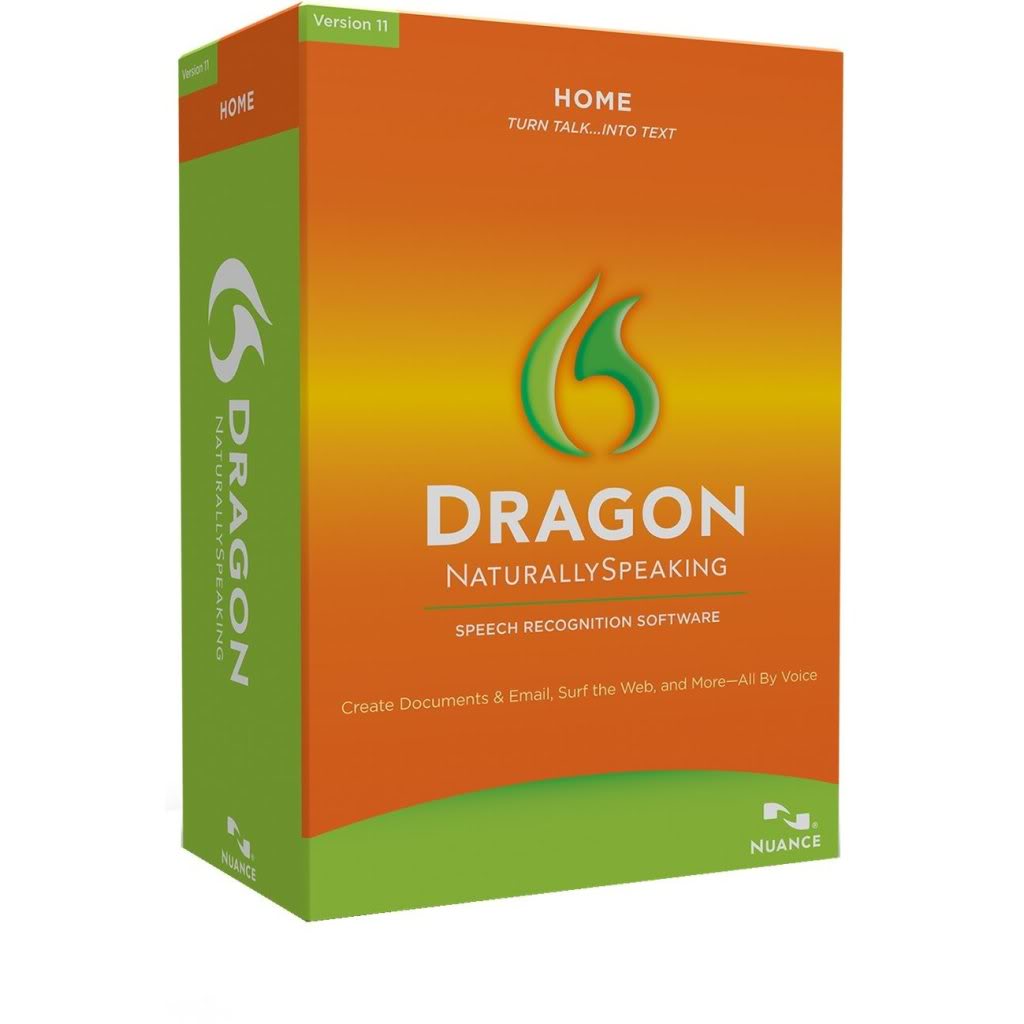Dragon Dictation Voice Commands
When Dragon hears certain phrases, it performs an action instead of transcribing your words into text.
Dragon NaturallySpeaking uses a minimal user interface. As an example, dictated words appear in a floating tooltip as they are spoken (though there is an option to suppress this display to increase speed), and when the speaker pauses, the program transcribes. From students to everyday multi‑taskers, there’s no better way to get more done on your PC simply by speaking than with the all-new Dragon Home version 15, the most intelligent speech recognition solution for home use. Dictate homework assignments, send email, surf the web and more—by voice. My Nuance Register products, access exclusive customer perks and more. Sign into your Nuance ID to view all of your product information, plus access community support forums, register new products, and get exclusive customer offers.
These phrases are called “voice commands,” or just “commands.”
For example, “Go To Sleep” is a command that tells Dragon to stop listening temporarily. When the program is asleep you can say the command “Wake Up” to make it start listening again.
Dragon Speaking App
To make commands work:
Pause briefly before and after saying the command. The pauses let Dragon know that the phrase is a command. But don’t pause in the middle of saying a command. If the command is “Go To Sleep,” for example, don’t pause between the words “Go” and “To Sleep.”
What if I dictate something that I don't want interpreted as a command?
You can force Dragon to recognize what you say as dictation by holding down the SHIFT key while you speak.
What if I say a command, but it’s typed as dictation?
If you pause correctly, but Dragon still types your command as dictation, you can force it to recognize what you say as a command by holding down the CTRL key while you speak.



Dragon Speak Dictation Commands
As you continue on in this tutorial, you will see examples of both dictation and commands.

